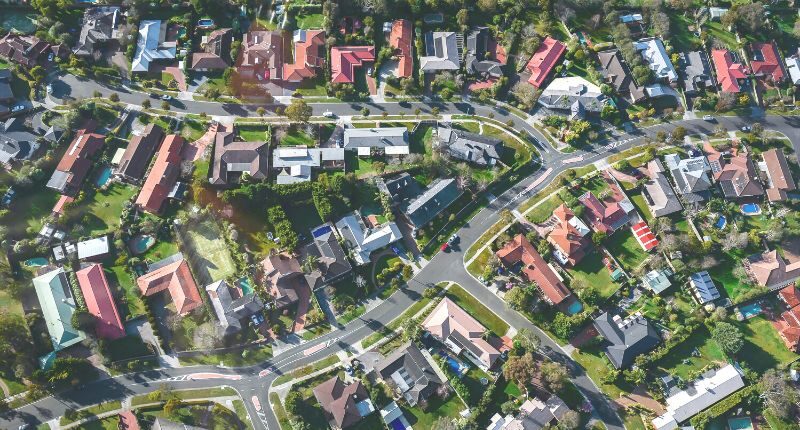- Neighbourhood-scale planning can lead to sustainable development in Australia
- Sustainable development outcomes require significant cross-collaboration
- Mandatory targets and sustainability rating tools were among recommendations
New research from The Australian Housing and Urban Research Institute (AHURI) conducted by researchers from University of South Australia and RMIT University has revealed opportunities for creating more sustainable housing.
Shortfalls in policy, high cost, and insufficient technical expertise were among some of the barriers, with the research focussing on the neighbourhood.
Creating opportunities at the local level
Titled Sustainable housing at a neighbourhood scale, the research delved into the problems policy makers, planners and property developers experience when planning and building sustainable housing developments at the neighbourhood scale.
In a survey of planning and development professionals, a major concern raised was the low regulatory standards for building performance in Australia.
“The survey respondents told us it is really difficult to achieve integrated sustainability, transport and land use planning at the neighbourhood scale because the dominant focus in housing developments in Australia is at the level of individual buildings.” said the lead author of the research, Professor Stefanie Dühr of the University of South Australia.
“We also found that a coordinated approach to ‘green’ natural and open spaces and ‘blue’ water infrastructures at a neighbourhood scale can maximise social benefits for residents. However, because the focus is at the individual building level, those ‘in-between’ public spaces between housing lots are not being given sufficient attention in planning and development processes.
“The respondents highlighted similar challenges around supporting local electricity production, such as through neighbourhood battery schemes. Generally, we found weak policies and regulations for helping neighbourhood-scale developments be more efficient in their water and energy use or to more fully integrate transport and land use planning.”
Key barriers to sustainable development
The survey also found that many respondents did not assess environmental performance at the neighbourhood scale using a rating system.
” Such responses suggest that unless neighbourhood-scale rating tools are explicitly required by government agencies or clients they will only have limited use in improving urban planning and development processes.”
AHURI Report
Four key issues were raised in the report, one of which included the aforementioned low regulatory standards that also prevented both a more integrated perspective of sustainability and the opportunities afforded by planning at the neighbourhood scale.
Land ownership structures were also on the list, with the researchers noting grey field (urban infill sites) had lot consolidation processes that were seen as lengthy and costly.
The final two issues were the cost of achieving better standards and a lack of technical expertise.
Analysis of ten eco-neighbourhoods in Australia and five in Europe found that success required significant cross-sector cooperation and that policy frameworks played an important role. The process was found to be time-consuming and required strong leadership and dedication to overcoming challenges.
What can be done?
The research provided three recommendations to better harness sustainability opportunities in Australia:
- Mandatory targets and neighbourhood-scale sustainability rating tools,
- A review of masterplanning and subdivision processes to strengthen sustainable development goals at building and neighbourhood scale, and
- The use of binding design guidelines with measurable sustainable objectives.
“Our research emphasises that planning, designing and implementing sustainable housing at a neighbourhood scale will only become more mainstream if the demands are included in planning and building regulations,” said Professor Dühr.
“Mandatory targets and binding policies and regulation need to be incorporated across different levels of government and also coordinated between jurisdictions.
“Ultimately, although neighbourhoods are much more complex to plan and implement than individual buildings, they are small enough to innovate in public policy, governance and sustainable urban design strategies, while being large enough to deliver important social and ecological benefits for everyone across the city.”








